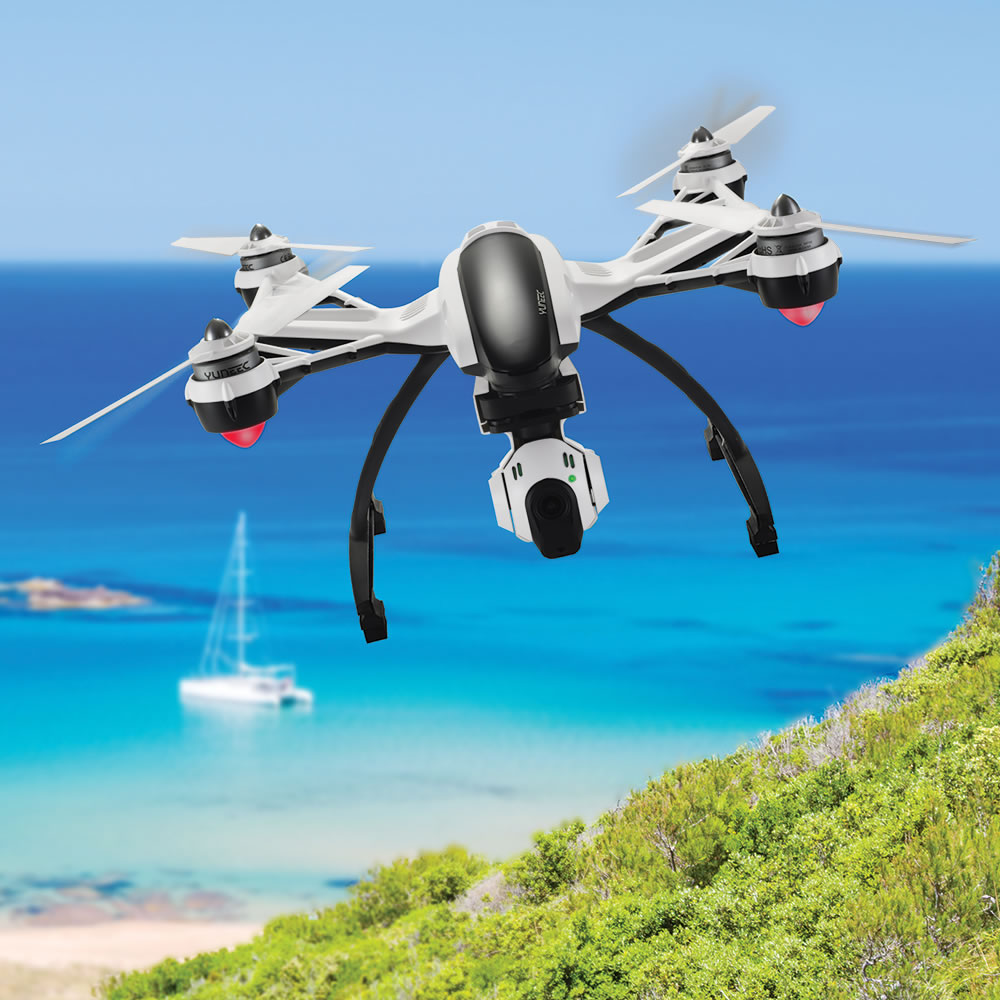
Ever since the FAA authorized drones to be used for spraying crops, there has been a lot of controversy surrounding this topic. While people around the country are trying their best to grapple with the rising privacy and safety concerns of drones, one matter is simply going unaddressed: who owns the airspace above our homes?
There has been thousands of complaints received about drones that are flying over homes, crime scenes and crowds. There are at least seventeen states which have passed laws restricting law enforcement agencies and citizens from using the drones in a heavy-handed way. And even though federal regulators claim they are the only ones regulating U.S. skies, the fact of the matter remains that there are a few cities that are banning the use of drones altogether, like Austin, Texas and St. Bonifacius, Minnesota.
Local Law Enforcement Agencies Have No Authority To Control Airspace
As far as local law enforcement is concerned, they say that they don’t have the authority or the means to deal with this problem at all. They have never been asked to control airspace before, and while they may be experts at handling problems on the ground, managing airspace is an entirely different affair altogether.
There has been very little attention given to airspace over the last few decades. It was way back in 1930 when planes were banned from flying below five hundred feet. This left the lower altitudes for birds, model planes, kites and helicopters to flight over.
It is only recently that technology advances have made it so much easier to make remote-controlled aircrafts. They have also become much easier to fly and are far more powerful than their predecessors. You can easily find drones for sale online or at local shopping centers. There are thousands of these drones in the sky today, and this figure is only going to increase with time and the federal rules proposals for commercial drones is only going to make things easier.
Do FAA Rules Address Private Individuals?
Most of the FAA rules do not address private individuals, which is where all the problems begin. How do you prevent an individual from using a drone to spy into their neighbor’s house? They may even fly them into planes if they go unregulated. The FAA has banned drones from being flown anywhere near manned aircrafts and airports, but there isn’t much else that they can do. And they admit that it’s pretty much impossible to rely on local law enforcement agencies to regulate drone flights.
Local officials are trying their best to regulate things though. Apart from the seventeen states that have already passed laws, there are another twenty nine that are considering doing it. But with every state taking the matter up independently there is no real solution to this problem. Some states are banning drones from filming without permission, while others are banning them from interfering with hunters. However, there is no common law to follow. This has forced certain towns and cities to completely ban drones altogether.
As per the FAA, the introduction of drones has caused a lot of confusion as far as navigable airspace is concerned. But they insist that their authority has now been increased, and as long as drones aren’t endangering anyone they can hover above any private property legally. Arrests are being made all over the country based on complaints received, and the FAA better step up to set some nationwide ground rules. Until then, this matter is destined to remain a controversy with every state coming up with their own laws and trying to prove themselves right.




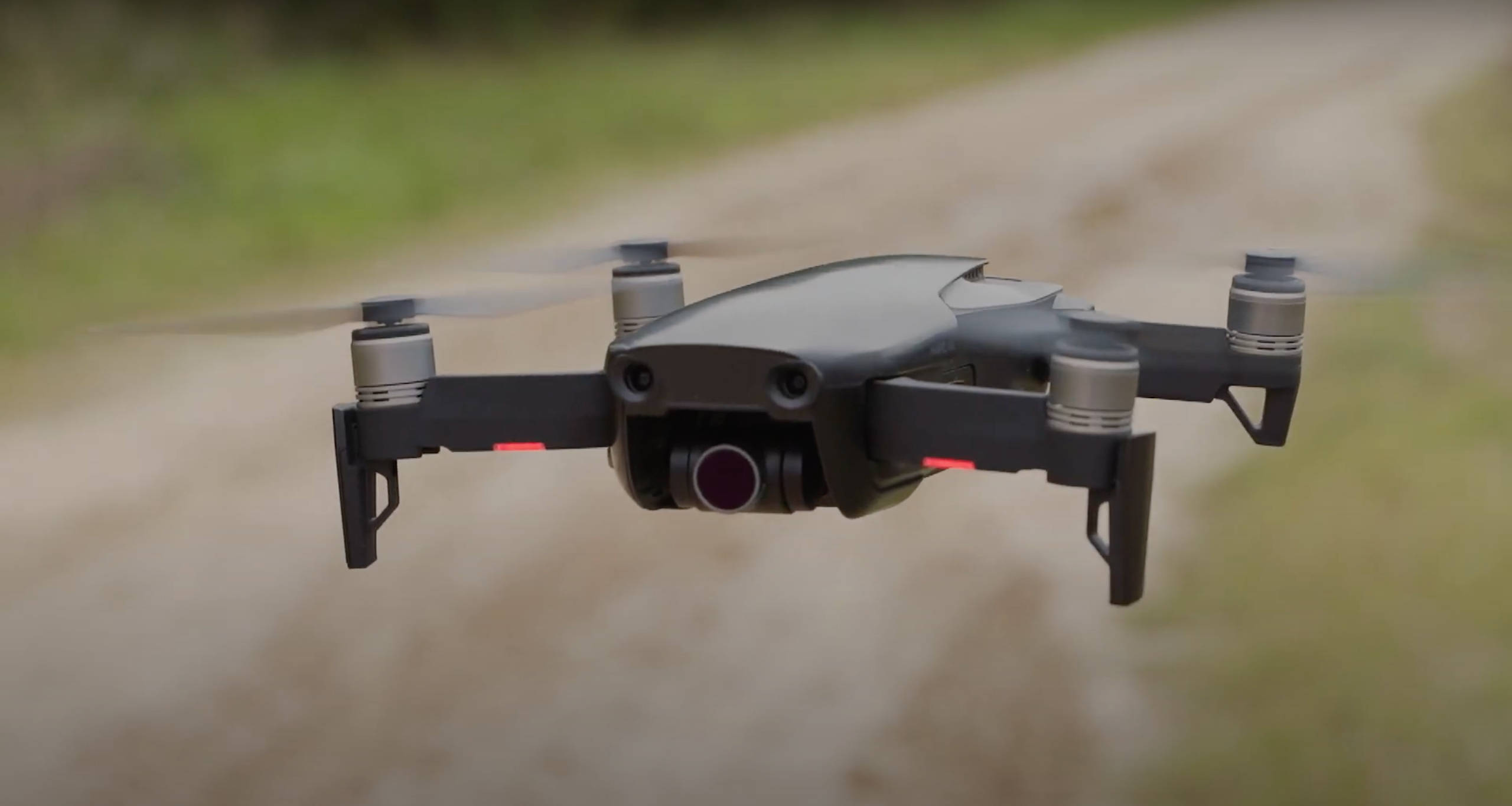

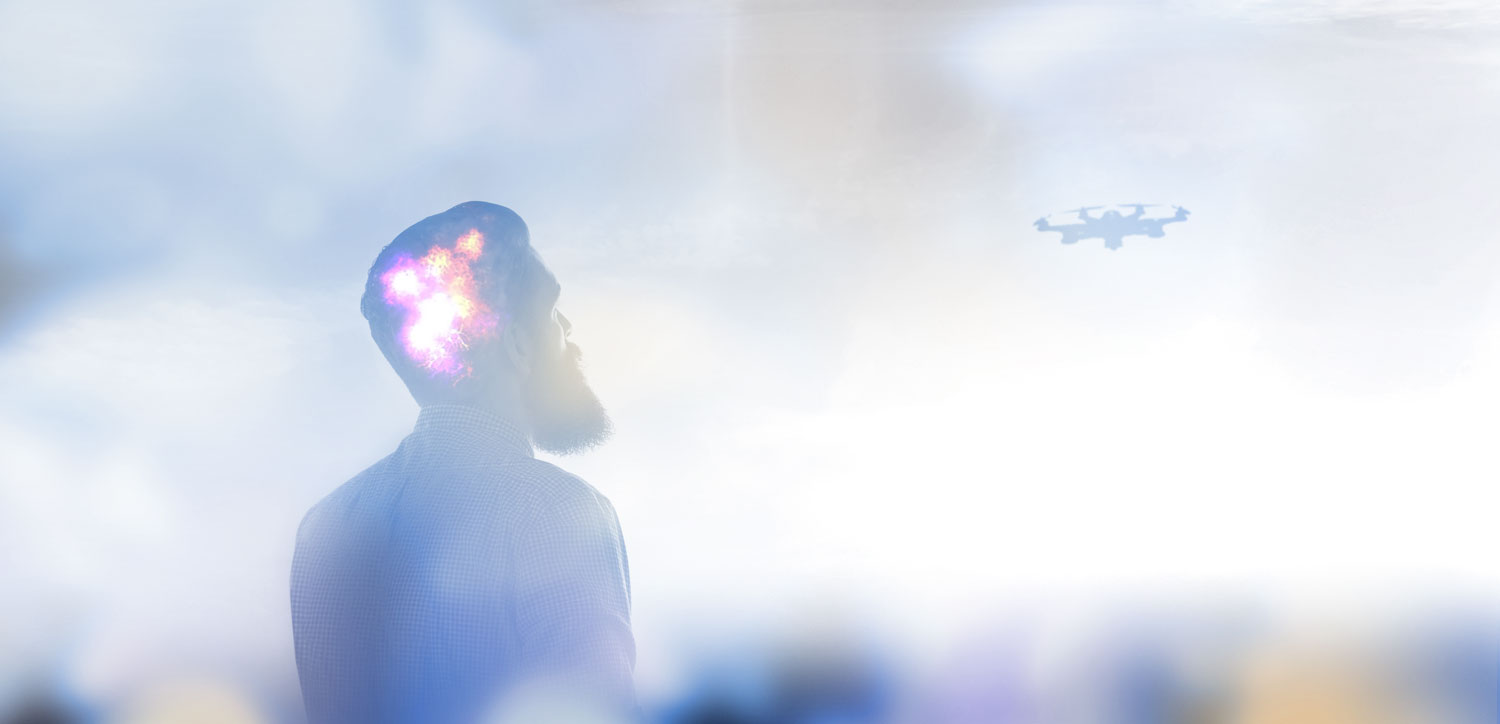
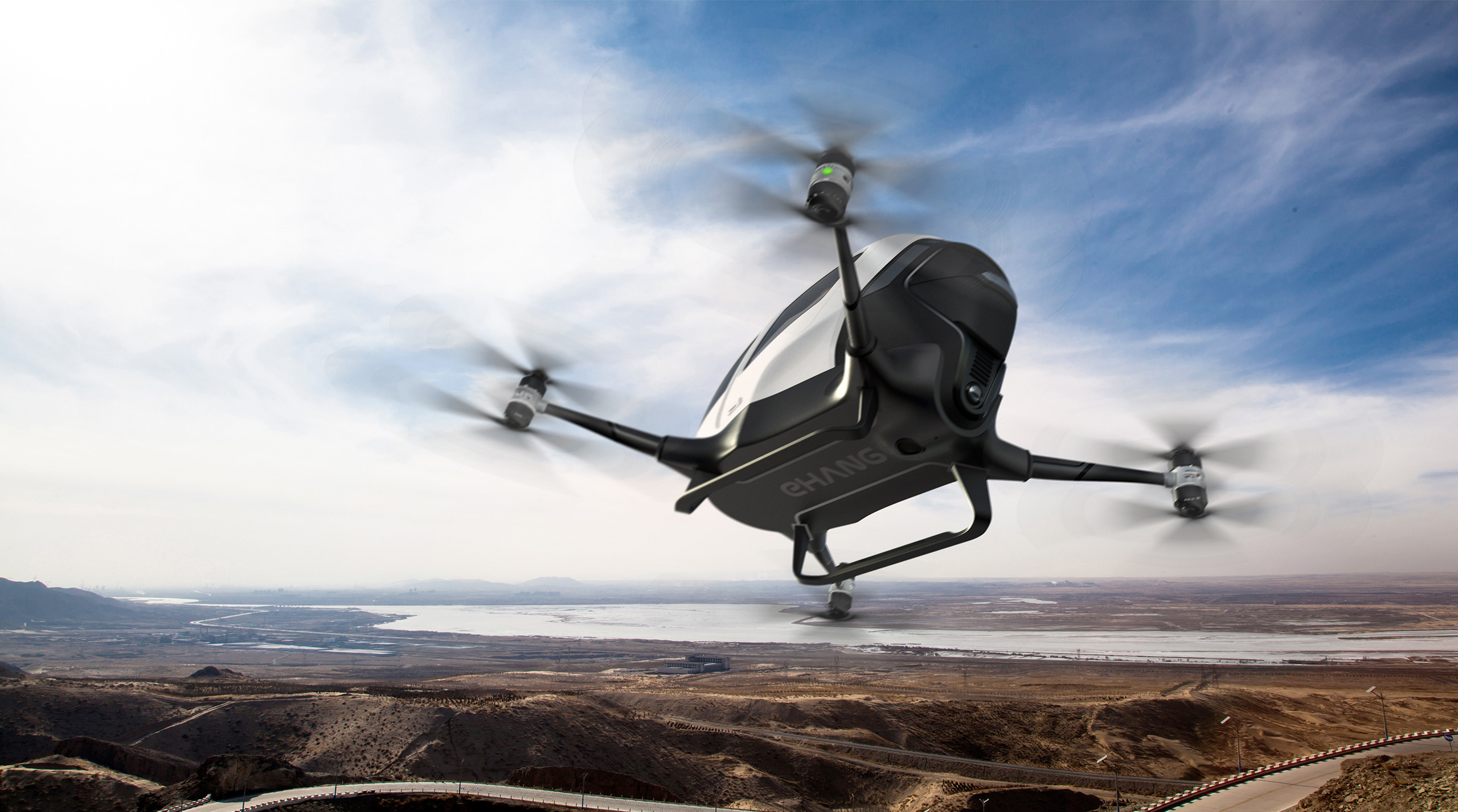
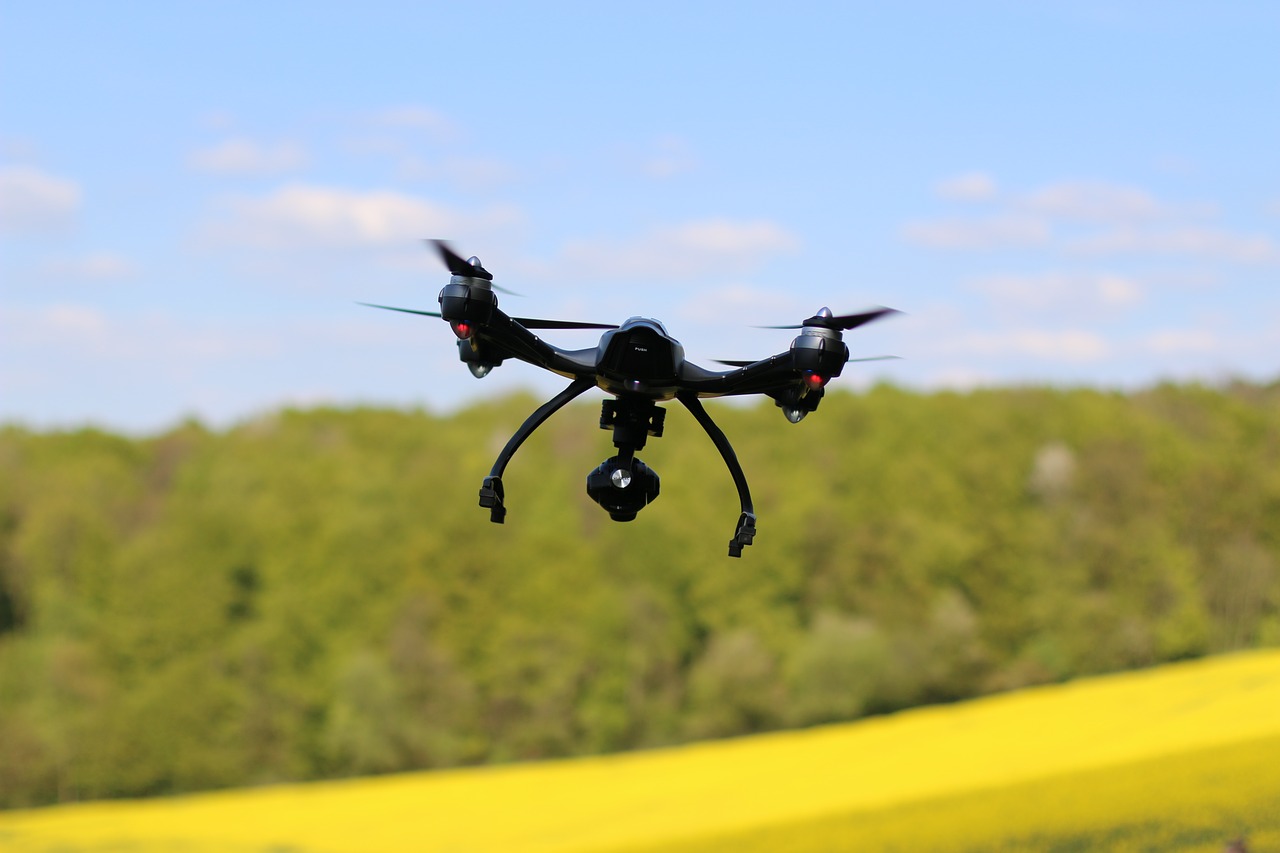
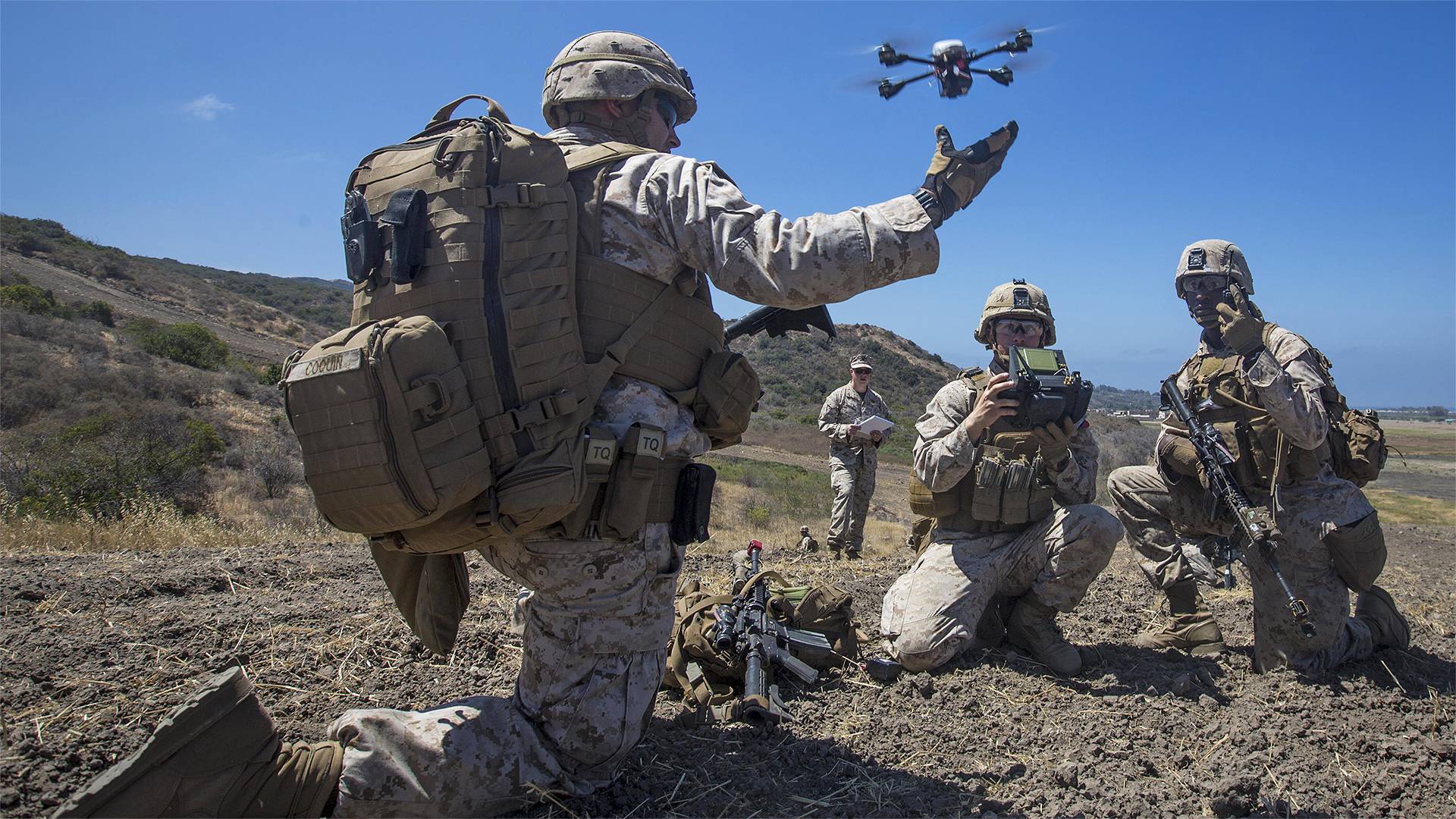
Current laws do not recognize personal airspace, anymore than most of the time they don’t recognize your rights underground.
However, this is changing, and the biggest change will be when the states seize the under 400ft airspace away from the FAA. There is a general perception that there should be an airspace limit of 100ft above ground level to be considered no fly space, but it will take the states to turn that into law. Thus the drone space will be between 100 and 400ft, or so goes the thinking of many.
The Drone Safety Council is pushing for the 100ft limit as the floor for travel, excepting for landing and take off.
Great info Tim.
If a drone is near my house or backyard and takin pictures I should have the right to shoot it down